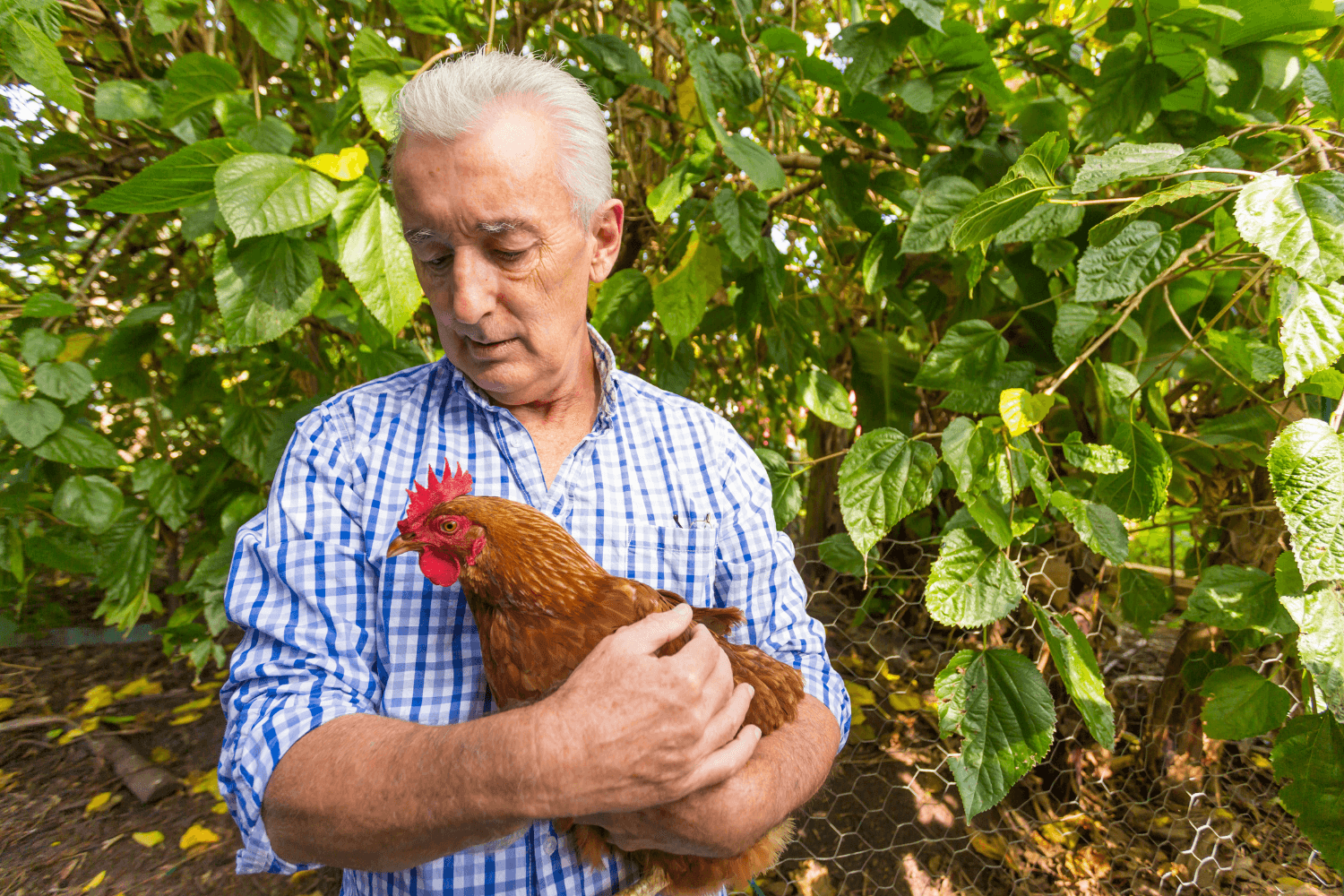The Evolution of Chicken Breeds in the USA: From Century-Old Fowls to Modern Egg Layers
As an American backyard chicken owner, do you wonder how the breeds of your flock differ from the ones raised in the past? Well, the modern chicken breeds available in the USA today have evolved significantly from their ancestors of a century ago. With the incorporation of artificial selection and specialized breeding programs, chicken breeds have drastically changed in their physical features, egg production, and meat quality. In this article, we'll go over the notable differences between the chicken breeds we have now and the ones from a hundred years ago.
A century ago, chicken breeds were dual-purpose, which means that they were raised for both egg production and meat consumption. However, in recent years, chicken breeders breed for specific purposes, and as a result, we have meat breeds and egg breeds. In comparison, modern egg breeds produce several times more eggs annually than their predecessors. Chickens like Leghorns were the most popular 100 years ago, which laid around 150-200 eggs annually. On the other hand, modern egg breeds such as Rhode Island Reds or Barred Rocks lay around 250-300 eggs, with White Leghorns can lay up to 320 eggs annually.
Chicken breeds that were common a century ago were heavier than chickens bred for egg production today. Meat breeds, such as the Cornish crosses, which are commonly bred for meat today, didn't exist at all. People then bred chickens for meat with slow growth rates and moderate body weights, typically between 3 and 6 pounds. Today, meat breeds can attain 8 lbs or more in a few weeks. This is possible since breeders manipulate the genes responsible for growth rates, thereby producing hybrid chicken breeds that are excellent for meat production.
Feather-footed chickens were once popular in the USA, especially the Brahma and Cochins. These breeds have feathered legs and feet, making them look more elegant and impressive. This feature also provides insulation and gives extra protection to the birds. Today these breeds are less common due to their weight and slower growth rates but are still enjoyed by backyard breeders due to their beauty and aesthetic appeal.
Nutritional content of chicken eggs has also changed since a century ago. Back then, eggs had more cholesterol and saturated fat content than those we have today. Due to specialized breeding programs, modern egg-laying breeds produce eggs with less cholesterol and fat and more nutrition and vitamins.
Conclusion
In conclusion, the chicken breeds we have today in the United States have undergone significant evolutionary changes in the last century. Today's birds are hybrid breeds, designed to lay more eggs or have better meat quality than their ancestors. While some chicken breeds of the past have lost popularity over time, they are still enjoyed and celebrated by backyard breeders. Whatever your preferred breed, it's fascinating to see how far the chicken we keep has come. As farm life evolves, it's exciting to imagine what these beloved birds will look like, and how they will produce and taste, in another hundred years.

